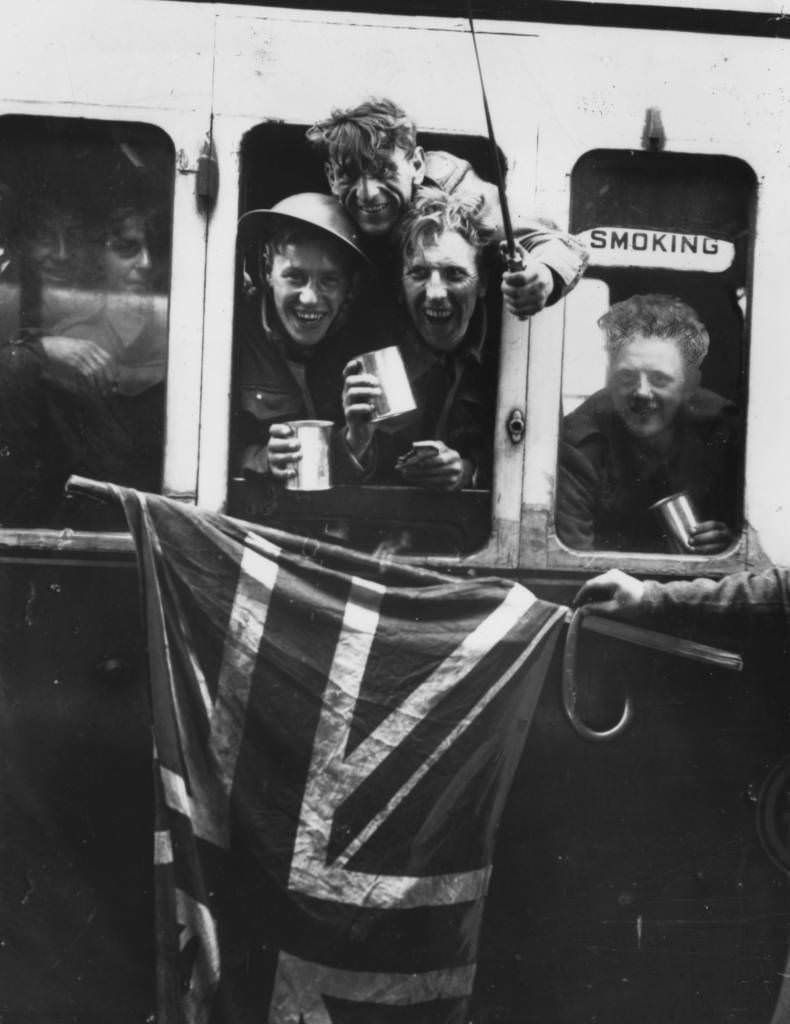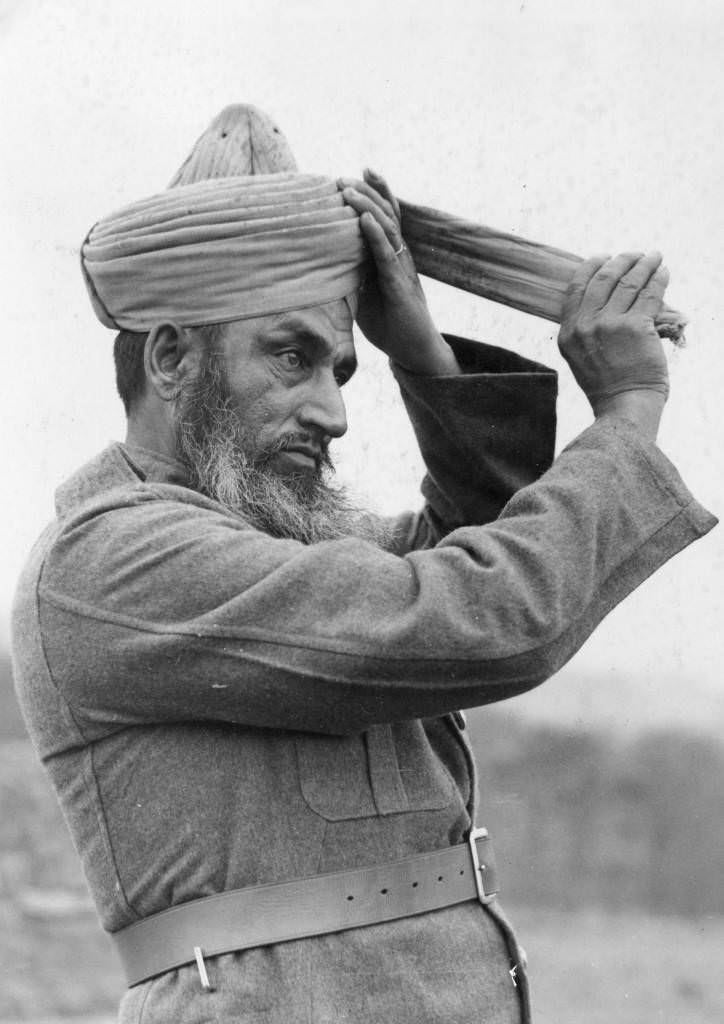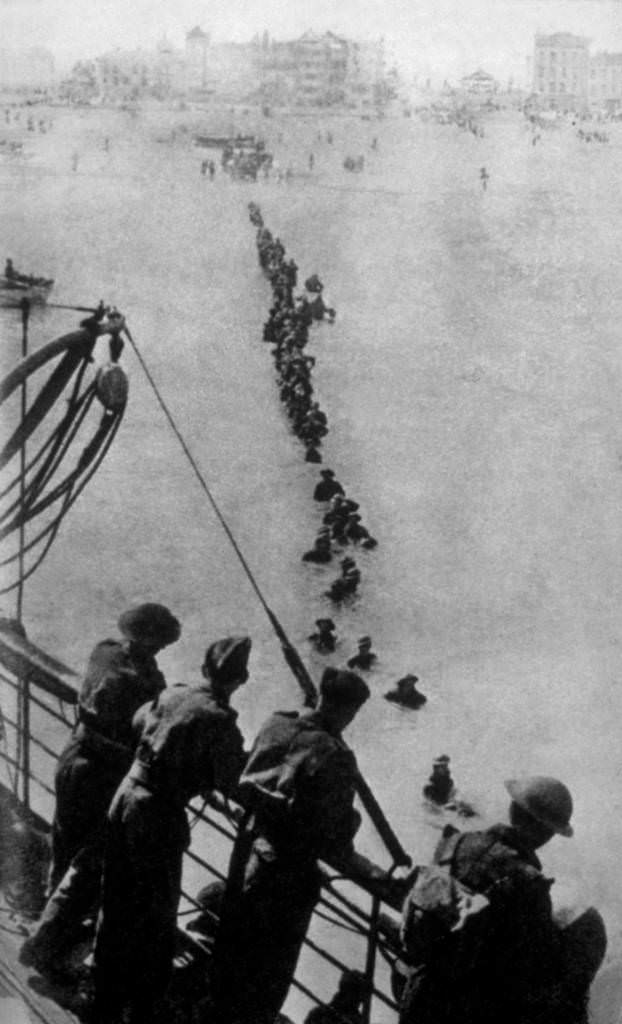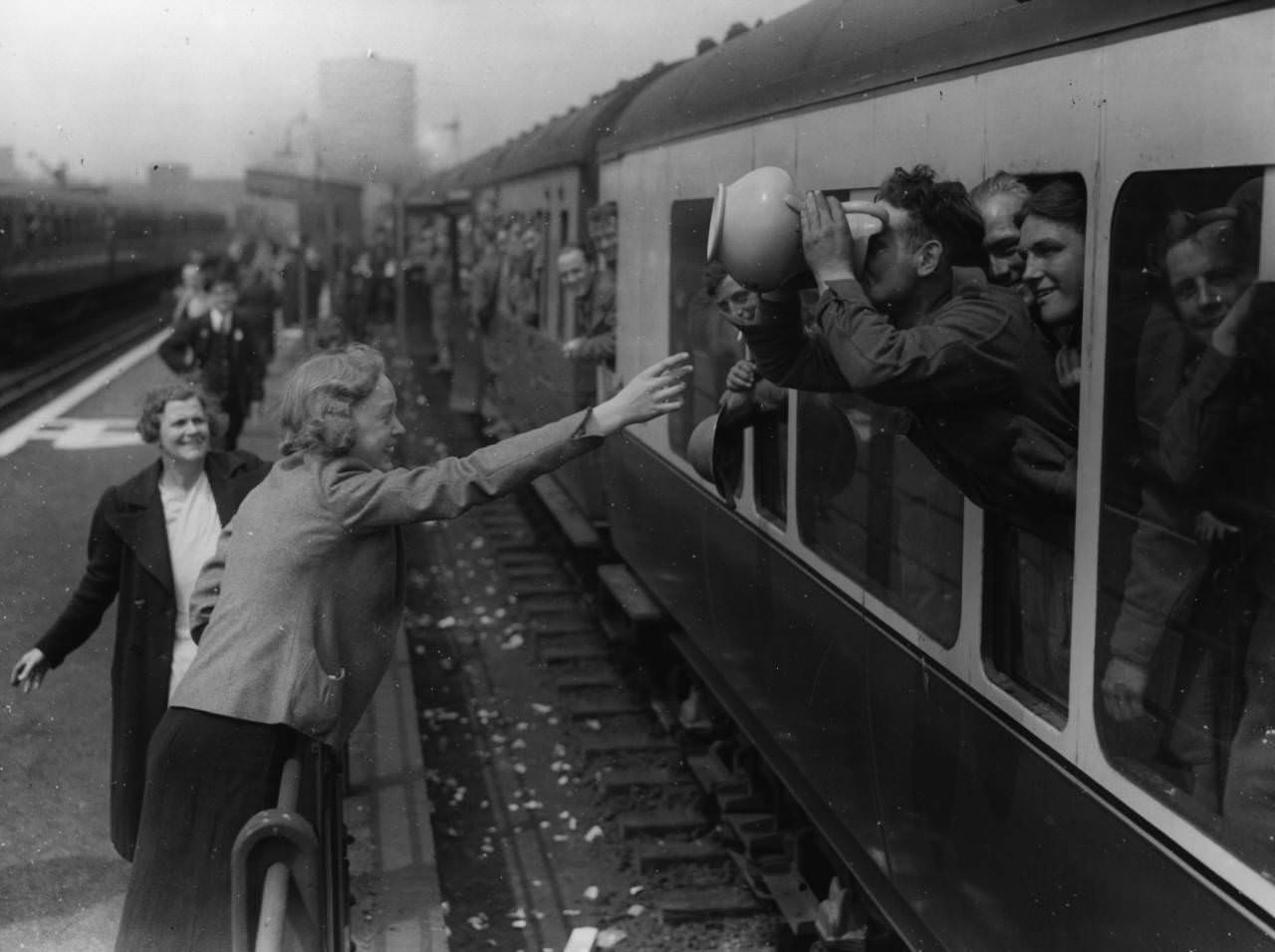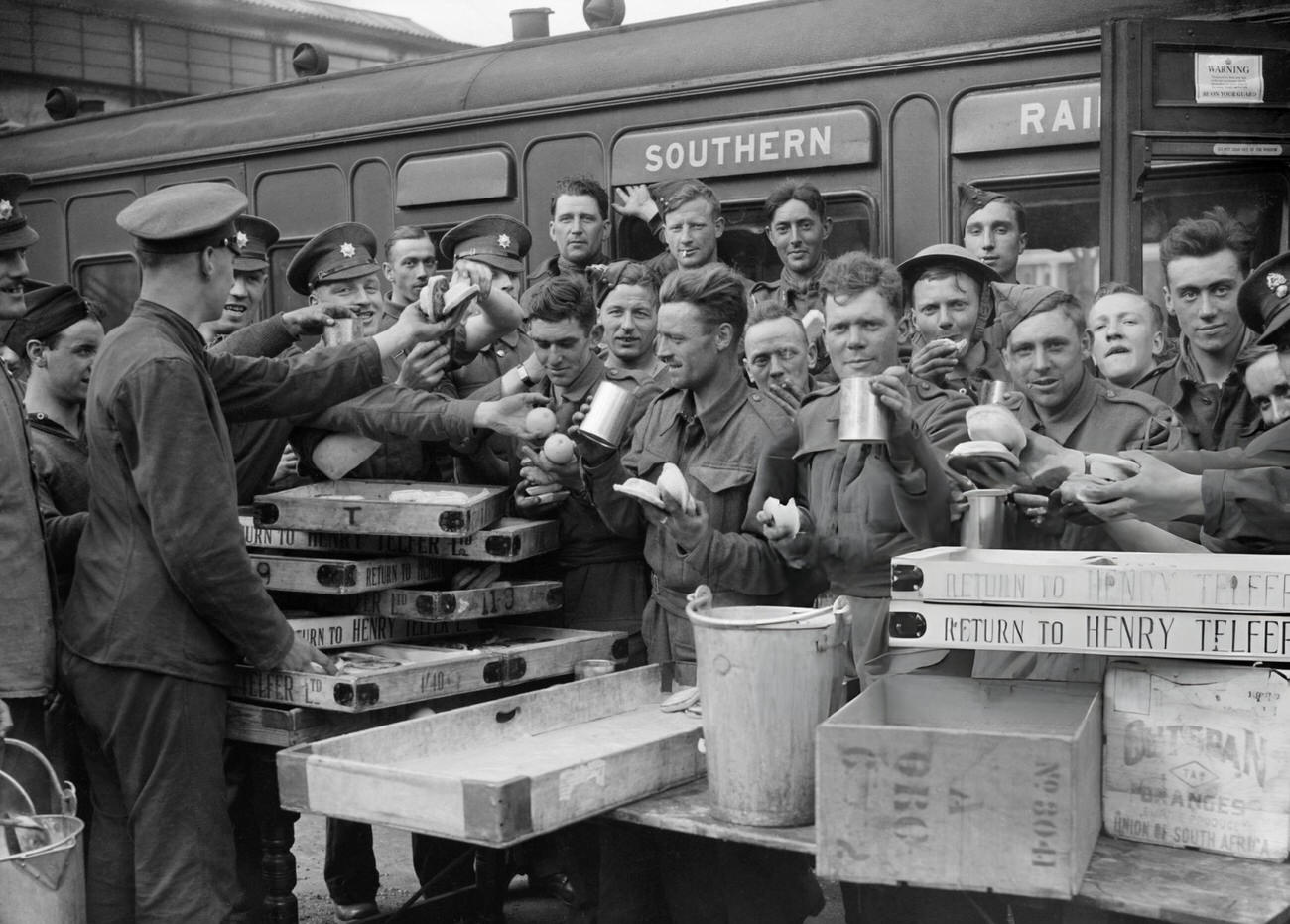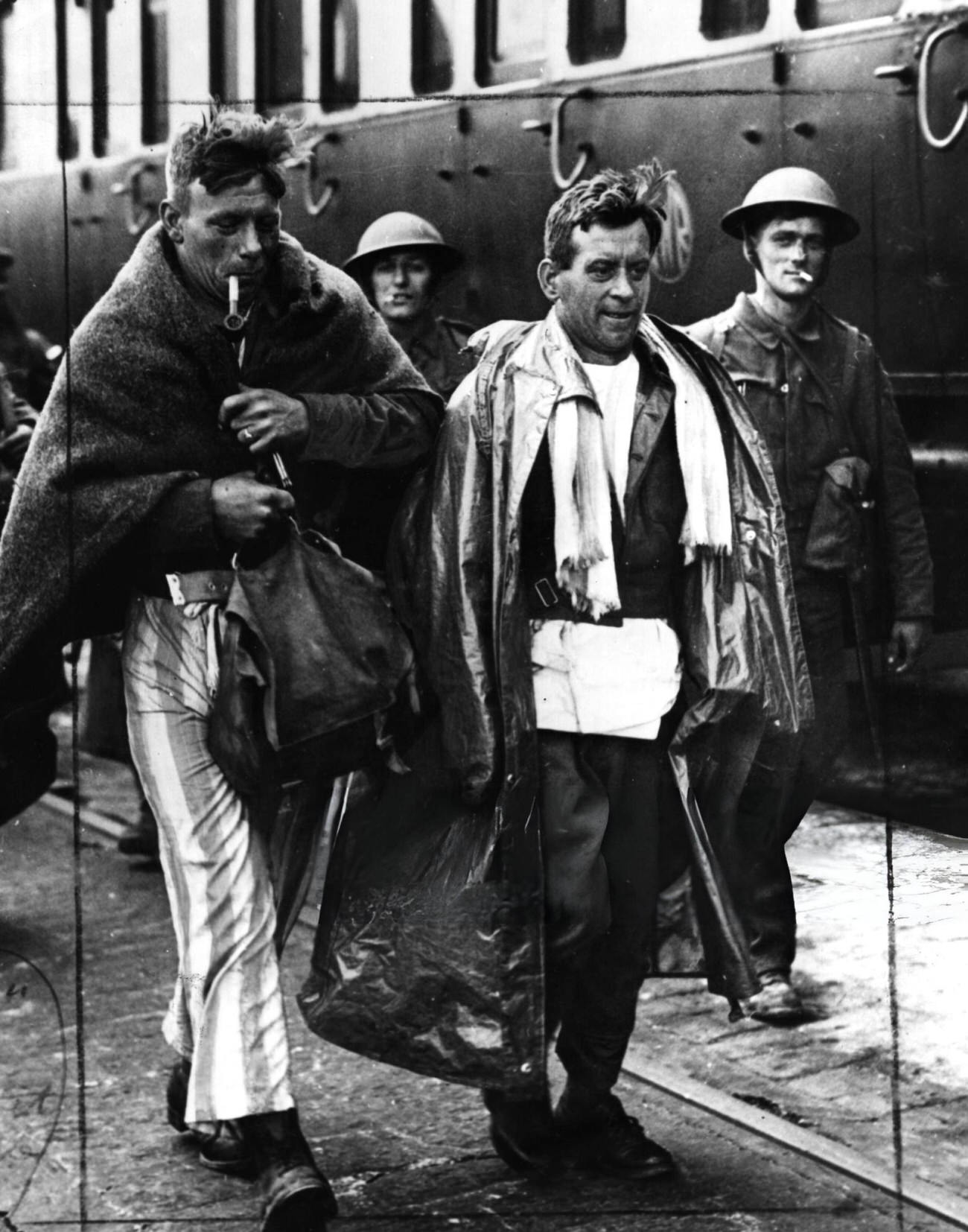In May 1940, World War II was raging across Europe. German forces launched a blitzkrieg, or lightning war, against France and the Low Countries. They quickly overran Belgium and the Netherlands and pushed deep into France. The British Expeditionary Force (BEF), along with French and Belgian troops, found themselves trapped by the advancing German army. They were cornered near the port of Dunkirk in northern France. The situation seemed hopeless. The Allies faced annihilation or capture.
The Decision to Evacuate
With the German forces closing in, the British and French commanders realized they had to evacuate their troops. They chose Dunkirk as the evacuation point because it was the closest port to Britain. The operation was code-named Operation Dynamo. Vice-Admiral Bertram Ramsay was put in charge of planning and executing the evacuation. He set up his headquarters in the tunnels beneath Dover Castle. The operation began on May 26, 1940.
The evacuation faced many challenges. Dunkirk’s beaches were shallow, making it difficult for large ships to approach. The German Luftwaffe, or air force, controlled the skies and could attack the troops and ships easily. The German army was also advancing rapidly, threatening to capture Dunkirk and cut off the escape route. The weather was another factor; rough seas could hamper the evacuation efforts.
Read more
The Little Ships
One of the most remarkable aspects of Operation Dynamo was the use of “little ships.” These were a diverse fleet of small civilian vessels, including fishing boats, pleasure craft, and lifeboats. The British government issued a call for help, and hundreds of civilian boat owners responded. These little ships sailed from Britain to Dunkirk, braving dangerous waters and enemy fire. They played a crucial role in ferrying soldiers from the beaches to the larger ships waiting offshore.
The Evacuation Begins
The evacuation started on the evening of May 26. The first few days were chaotic and slow. German air attacks caused heavy casualties and damaged several ships. Despite these challenges, the evacuation gathered momentum. The Royal Navy and the Merchant Navy worked tirelessly, alongside the little ships, to rescue as many soldiers as possible.
The Royal Air Force (RAF) played a critical role in protecting the evacuation. RAF fighters engaged the Luftwaffe in fierce battles over Dunkirk. Although outnumbered, the RAF pilots fought bravely to keep the German planes at bay. Their efforts provided some cover for the troops on the ground and the ships in the water. Many soldiers later credited the RAF with saving their lives.
The soldiers waiting on the beaches faced harrowing conditions. They were exposed to constant air attacks and artillery fire. Food and water were scarce, and medical supplies were limited. Despite the danger, the troops showed remarkable discipline and courage. They formed orderly lines and waited patiently for their turn to be evacuated. Many soldiers helped their wounded comrades and assisted in the boarding of the boats.
The French Contribution
French troops played a vital role in the defense of Dunkirk. While the evacuation was underway, French soldiers held back the German advance, buying valuable time for the evacuation to continue. Many French soldiers were evacuated alongside their British allies. However, a significant number of French troops remained behind to cover the retreat and were ultimately captured by the Germans.
The peak of the evacuation occurred between May 27 and June 4. On May 29, over 47,000 soldiers were evacuated in one day. The following days saw similar numbers, with a total of 338,226 soldiers rescued by the end of the operation. The majority of these were British, but around 140,000 were French and Belgian troops.
The Aftermath
Operation Dynamo officially ended on June 4, 1940. Although the evacuation was a remarkable success, it came at a high cost. The BEF lost much of its equipment, including tanks, trucks, and artillery. Many ships were sunk or damaged, and there were significant casualties. However, the successful evacuation boosted morale in Britain and allowed the Allies to continue the fight against Germany.
The story of Dunkirk is often remembered for the “Dunkirk spirit.” This term describes the determination, resilience, and unity shown by the British people during the evacuation. The bravery of the soldiers, the efforts of the RAF, and the courage of the civilian boat owners demonstrated the strength and solidarity of the nation in the face of adversity.



